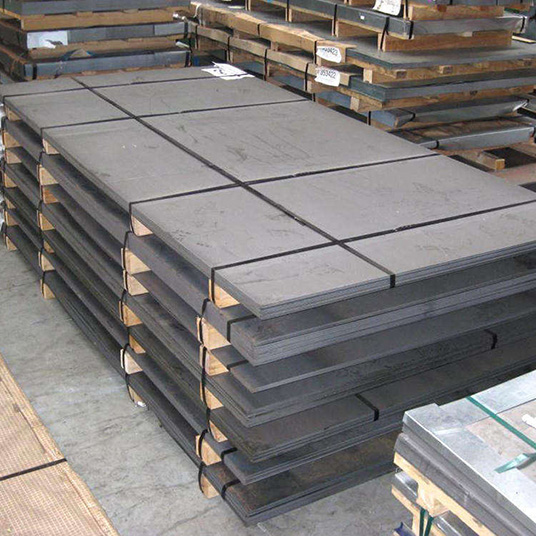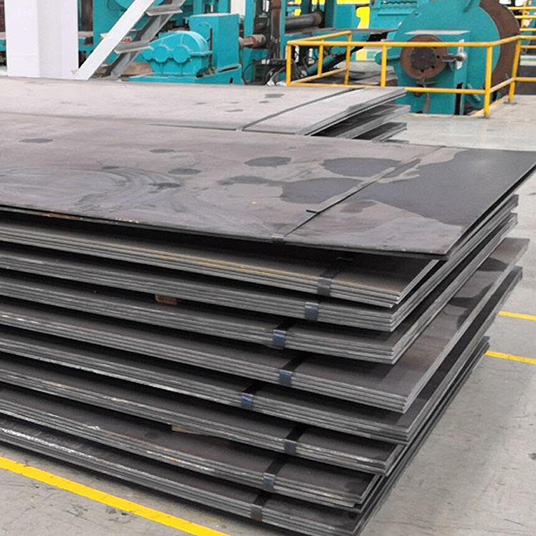


Product parameters:
| Thickness: | 0.2-500mm,etc |
| Width : | 1000-4000mm,etc |
| Length: | 2000mm, 2438mm, 3000mm, 3500,6000mm,12000mm,or rolled,etc etc |
| Standard: | ASTM,AISI,JIS,GB, DIN,EN |
| Surface: | Black painted,PE coated,Galvanized,color coated, |
| anti rust varnished,anti rust oiled,checkered,etc | |
| Technique: | Cold Rolled, Hot Rolled |
| Certification: | ISO, SGS,BV |
| Loading port: | any port in China |
| Packing: | standard export packing (inside:water proof paper,outside:steel covered with strips and pallets) |
Product description
Carbon steel is an iron-carbon alloy with a carbon content of 0.0218% to 2.11%. Also called carbon steel. Generally, it also contains a small amount of silicon, manganese, sulfur, and phosphorus. Generally, the higher the carbon content in carbon steel, the greater the hardness and the higher the strength, but the lower the plasticity.
Because no other alloying elements are added, it is easier to oxidize and rust. The higher the carbon steel content, the greater the hardness, the higher the strength, the lower the plasticity, and the lower the price.
Grades and uses of carbon steel:
1. Ordinary carbon structural steel: Carbon structural steel is divided into 5 grades according to the yield strength of steel: Q195, Q215, Q235, Q255, Q275. Each grade is divided into A, B, C, D grades due to different quality. Q195, Q215, Q235 have good plasticity and can be rolled into steel plates, steel bars, steel pipes, etc.; Q255, Q275 can be rolled into shaped steel, steel plates, etc.
2. High-quality carbon structural steel: The steel grade is expressed by the average mass percentage of carbon element content. Such as 20#, 45# and so on. Uses: Mainly used to manufacture all kinds of machine parts.
3. Carbon tool steel: The steel grade is expressed as the average mass percentage of carbon element content, and is prefixed with T. Such as T9, T12 and so on. Uses: Mainly used in the manufacture of various tools, molds, measuring tools, etc.
4. Cast steel: The grade of cast steel is prefixed with ZG before the number. Uses: It is mainly used to manufacture parts with complex shapes and require certain strength, plasticity and toughness, such as gears, couplings, etc.
